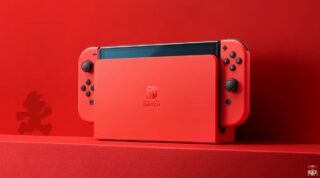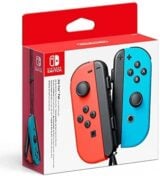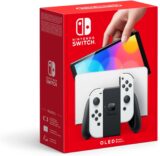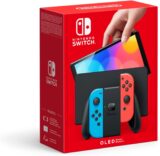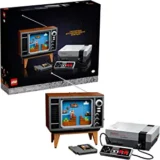‘Switch 2’ is targeting March 2025 and was delayed to avoid shortages, new report claims
Nikkei corroborates previous reporting on Nintendo’s successor console
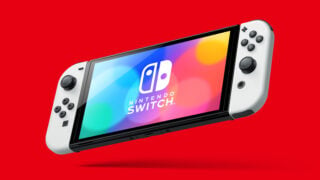
Nintendo’s next game console is targeting a launch in March 2025.
That’s according to a new report by Japanese news publication Nikkei (paywalled), which claims that the Switch successor’s internal delay – reported first by VGC and others earlier this month – was partly so that Nintendo could avoid potential hardware supply issues.
Although Nintendo had planned a launch in late 2024 for ‘Switch 2’, according to Nikkei “priority was given to ensure the initial inventory of the successor console and a lineup of software titles at the time of its launch” in an attempt to avoid widespread reselling.
Nikkei says it expects the next Nintendo console to again be a hybrid portable-home device similar to Switch, as reported previously by VGC. The publication also corroborates that the machine will have a larger screen than the original Switch’s 6.2 inch display.
Nikkei notes that Switch 2 could yet slip beyond March 2025, dependent on manufacturing and how much software is ready for launch.

As reported earlier this month, VGC heard from multiple sources who said Nintendo had told publishers its next console would now launch in Q1 2025. According to the sources, third-party game companies were recently briefed on an internal delay in Nintendo’s next-gen launch timing, from late 2024 to early the following year.
One publishing source suggested the delay was so that Nintendo could prepare stronger first-party software for the console.
Nintendo’s share price dropped on the Tokyo Stock Exchange following the report, dipping by as much as 8.8% before settling on an overall loss in value of 5.8%.
It’s possible the next-gen Nintendo console will now follow a similar timeline to the Switch, which was released in March 2017 but announced the previous year (in October 2016).
